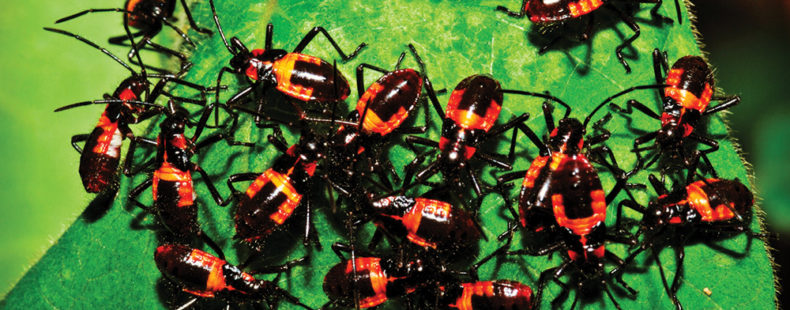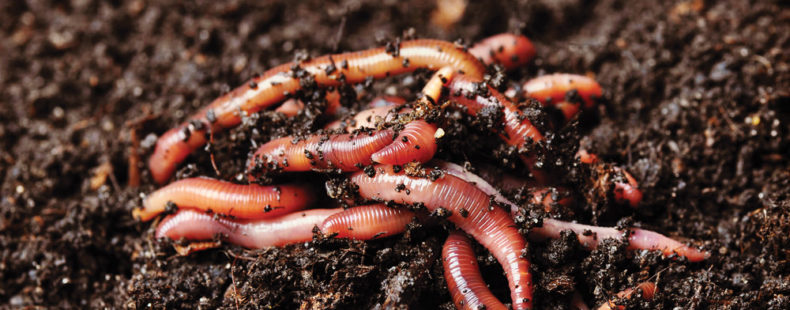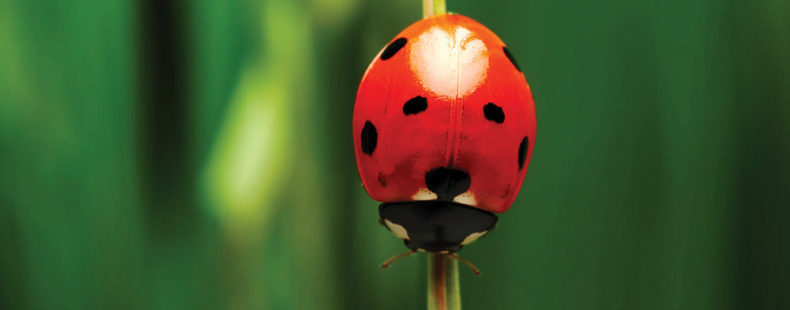bug
With Spring officially upon us, there’s no better time to discuss one of our favorite topics: bugs.
From the Old English term budda, meaning “beetle,” bug usually refers to hemipterous insects, or “true bugs”–that is, insects with forewings that are thick and leathery at the base and membrane-like at the wingtips. Now that you have that visual … let’s move on.
In everyday speech, bug may refer to pretty much any insect class, as well as small arthropods like spiders, ticks, and centipedes. Over time, the word bug has taken on some non-insectival verb senses, like “to annoy,” appearing in 1949, and “to equip with a hidden microphone,” in 1919.
But, we’re sticking to the insect variety for this slideshow … the following are a few fabulous bugs worthy of a closer look.





















